We know it is often quite difficult to find women in the sources. But what about the sources that are actually all about women? What are the potentials of the interwar booklet on doing laundry for multidisciplinary research?
Doing archival research is not always exciting. We spend hours going through material that is often repetitive, irrelevant for our research, or (let’s be honest) just boring. But every now and then, we come across a precious source that immediately captures our attention. One such source is the exciting booklet The Family Wash.[1] Published and discussed by women in the cooperative movement at the international level in 1927, this brief international study on practices of doing laundry got stuck in my mind as full of potential for scientific, educational and activist purposes.
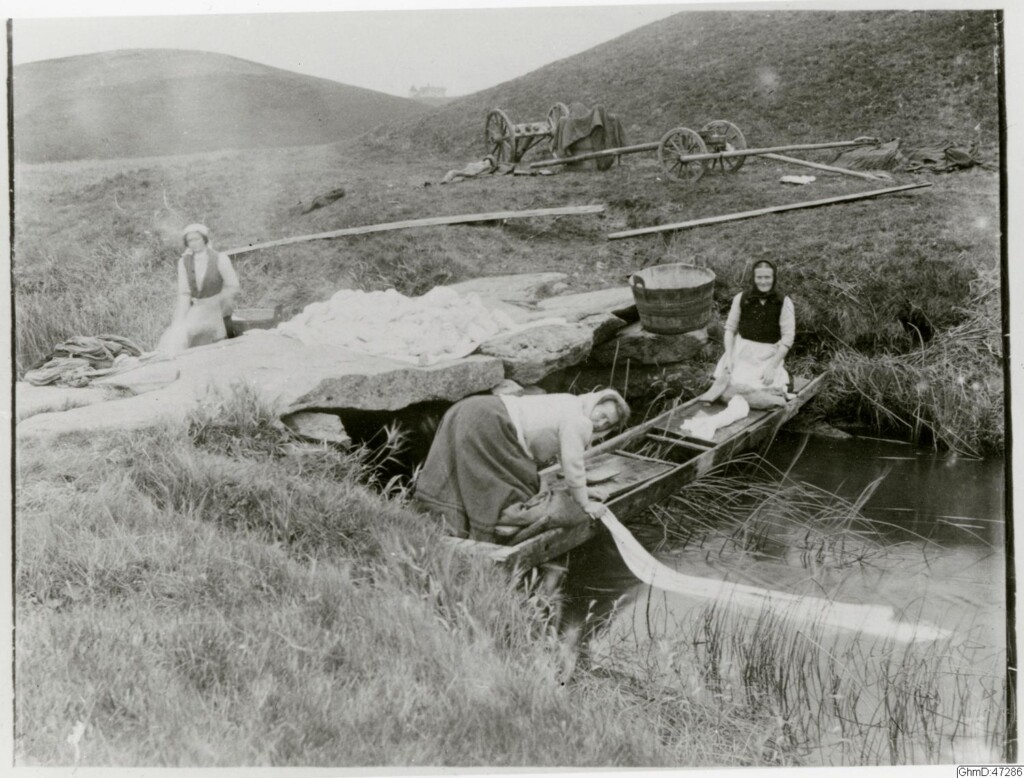
Many labour sources omit or underrepresent women. Writing the history of women’s labour struggles is often a fight to find women in the sources somehow.[2] However, there are sources such as The Family Wash that speak about women’s experiences, detail many aspects of their paid and unpaid labour and are designed and produced by women activists themselves. We don’t have to uncover women’s voices in them; they are part of the knowledge production by women. While enjoying re-reading the booklet one more time, I was thinking of how women activists’ knowledge production could be used in different research areas. Led by a couple of illuminating quotes, I explore the potential of The Family Wash, i.e. my ideas for its usefulness and contributions to a couple (of many possible) fields: labour history, urban studies, and the studies of everyday life.
A Bit of Context
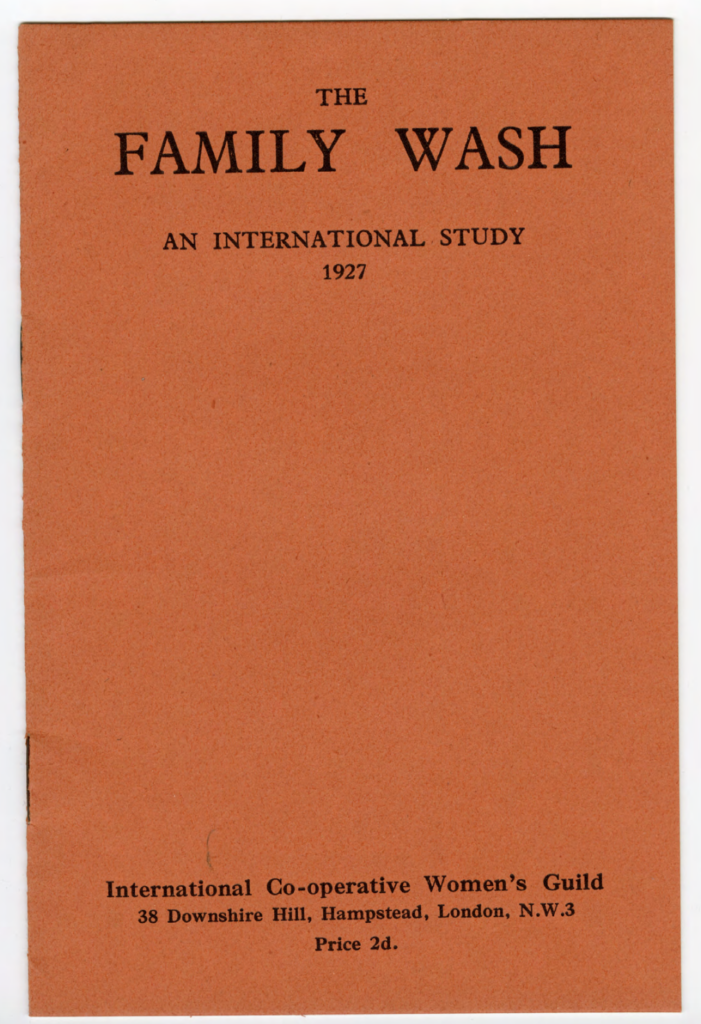
The Family Wash was published by the International Co-operative Women’s Guild (ICWG) – an international organization of women in the cooperative movement, which is considered a part of a labour movement. The ICWG was established in the early 1920s as an organization representing working-class housewives. It focused on peace issues, women’s position in the cooperative movement, some questions related to women’s civil and political rights and – as an organization of housewives – women’s unpaid reproductive labour. In its knowledge production and advocacy activities, the organization dealt with housework, child rearing, nutrition, etc.[3]
One of the ICWG’s early publications focusing on solutions for certain aspects of housework was The Family Wash. The booklet summarizes and synthesizes information on practices of doing laundry from more than 15 countries. Although the countries are mostly European, it also has information on Japan, Australia, New Zealand and the USA. This questionary-based booklet describes steps in doing laundry, lists different methods and equipment used, and warns about work hazards. In summary, we find out that working-class women in the 1920s were largely doing laundry on their own and that the process from boiling to ironing clothes could last up to several days. Women worked in inadequate conditions, had to carry heavy loads, and in most cases didn’t have appropriate equipment.
Improving the Obvious One: Labour History
“What is the solution for washing day – that most laborious of the housewife’s tasks?” is a crucial question posed and then answered on the last pages of The Family Wash.[4] I came across the booklet in my work on the gendered labour history of the ICWG and analysed it as a part of the ICWG’s interwar activism in the sphere of reproductive labour. While exploring dynamics between social democrats and communists in the organization, I highlight knowledge production and the solutions cooperative women offered to lighten the burden this heavy unpaid work placed on working-class women. The solutions range from accessible washing machines and other equipment, through more wash houses attached to the residential buildings, to socialization of doing laundry under cooperative control.[5] This is one of the most obvious potentials of the source: gendering labour history by broadening the spectrum of labour-based activisms with reproductive labour-based activism.
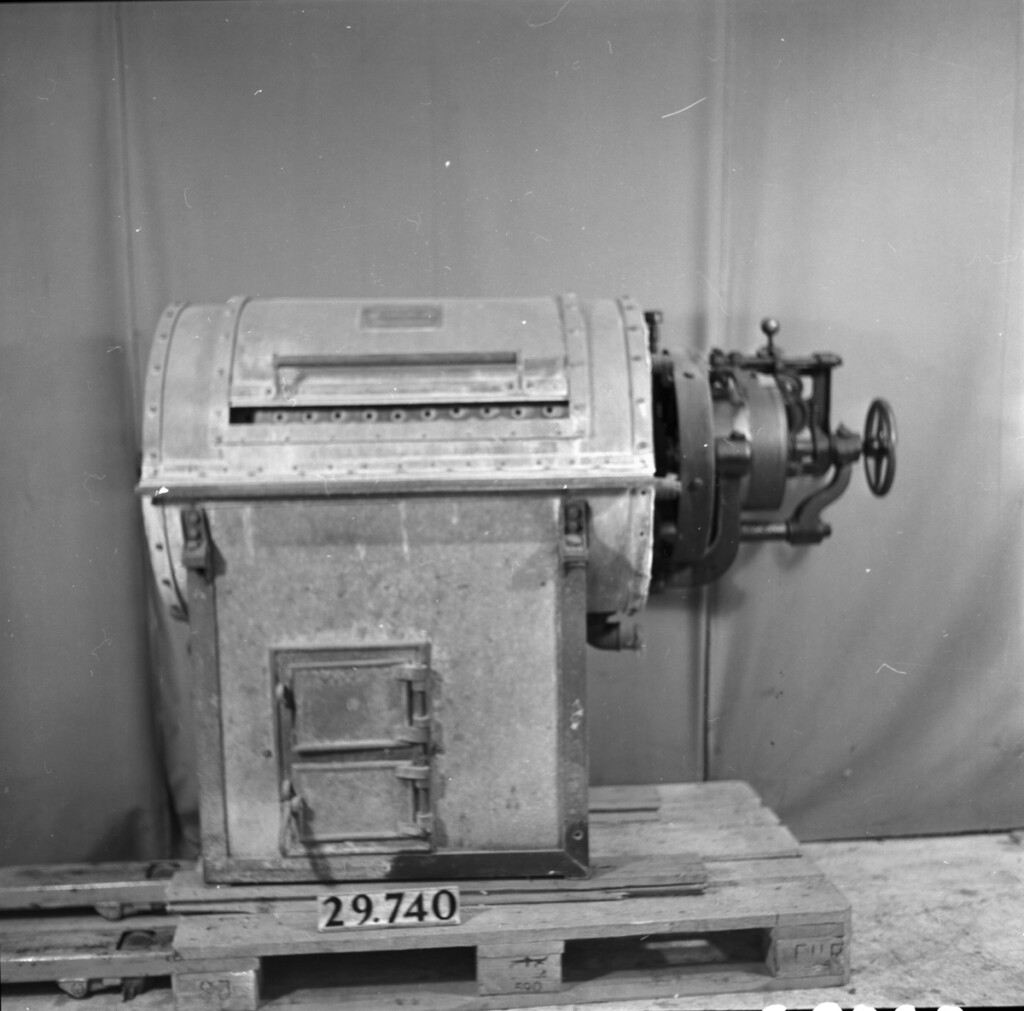
With its meticulous approach to the task of doing laundry (detailing and criticizing methods of boiling, washing, rinsing, bleaching, drying, and ironing), The Family Wash depicts reproductive labour as strenuous work. It gives insight into the kinds of labour and living conditions (physicality of this work, health hazards of powders, soaps and steam, inadequacy of a workplace that is often simply a kitchen), that are still on the margins of labour history and definitely worth exploring.
After pointing out how difficult this work is, the booklet advocates for more (electrical) labour-saving devices to speed up the process of doing laundry and to spare women’s work. It helps us to understand better cooperative women’s fight for accessible labour-saving devices, such as electric washing machines, in the interwar period. The analysis of their reasoning could contribute to the scientific debates on the impact of technological advances on housework and the amount of work for women.[6]
Shaping Cities: Urban Studies
These wash-houses are either in the basement, as in many of the Scandinavian and Central European houses, and a few English towns, or in the attic as in some of the large blocks of flats in London and sometimes in Austria, or they are built on to the house on the ground level or as an outhouse in the yard. [The Family Wash, 5]
The Family Wash points to ways in which the task of doing laundry influenced urban architecture and construction. For example, in some countries, the blocks of new residential buildings were built with attached washing facilities – as Figure 4 depicting a drying room for laundry in the “Wohnhausanlage Sandleiten”, a public housing in Vienna (1924–1928) – shows. The booklet sheds light on life in urban and rural areas and connects the quality of air and the level of industrialization with the most common method of doing laundry. Unlike in the countryside, it was rare for women in industrial areas to dry their clothes outside due to the polluted air.
Nevertheless there were difficulties at first because the women have to pay a certain amount towards the wages of the man in charge of the machines and for the electric current. Many of the husbands considered this quite a superfluous expense, the women had better do the washing themselves again. But some of the women also opposed the new system because they found it cheaper to wash themselves when they had nothing to pay for labour. [The Family Wash, 9–10]
The quote above explains why women in Vienna were reluctant to use electrically very well-equipped wash kitchens when they were not free of charge. The booklet speaks about how gender relations, the invisibility of difficulties of doing laundry and material obstacles influenced decisions on the usage of labour-saving devices, going into communal wash kitchens/houses, public wash houses or cooperative laundries. More broadly, it gives insight into how the need to remove this work from one’s own kitchen and the activist efforts to lighten the burden and workload for women influenced urban life. Therefore, the booklet could inform research within urban studies on how changes in practices of laundry influenced city life – a question often overlooked by urbanists apart from works on public housing programmes.[7]
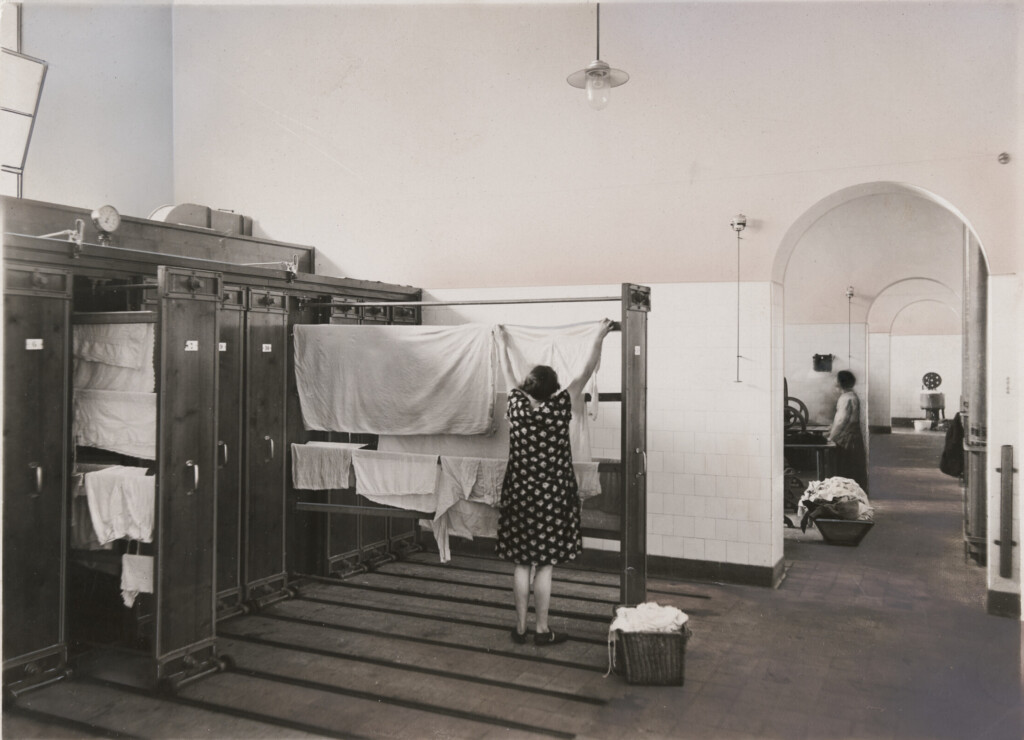
Sequencing Housework: Studies of Everyday Life
We know the story. One day it is the sorting of the dirty linen, heaps of soiled things lying about in every corner. Then comes the boiling, and in a room often tiny wife and children spend the day in a tainted atmosphere and the husband comes home from mine or factory to no change except the smell of stale soap. The next day – washing day – the woman breaks her back lifting pails of water, putting the kettle on the stove, taking it off again, pouring the water into the tub or washing machine – and in the midst of all this muddle she has after some fashion or other to prepare the family meals… [The Family Wash, 3]
Urban studies share an interest in daily practices with studies of everyday life. Since it details how individual women performed many mini-tasks involved in the multiple steps of doing laundry, The Family Wash is a wonderful source for sociological, as well as historical studies of everyday life. The booklet illustrates how gender relations and material reality influenced the rhythms and practices of the everyday life of women, but also men and children. It captures the “temporal organization of daily life” in the 1920s and could be a valuable source for studies exploring the topic.[8] It could also inform studies such as those discussing “mechanisms (social relations, cultural conventions, materialities, temporal rhythms) that simultaneously order domestic laundry practices at the personal, household and societal levels”.[9]
Instead of “Instead of Conclusion”
What did historical subjects, in this case women labour activists from the cooperative movement, leave behind for us researchers to find? What can we read in their knowledge production that helps us to get a fuller picture of historical, urban, as well as everyday life processes? I briefly addressed some aspects of possible answers to these questions, but there is much more in The Family Wash that could inspire and inform new research. I hope you will give it a chance.
Figures
Fig. 1: Fotografi, bilder, påsiktsbild, laundry, photograph by okänd, Source: Museum of Gothenburg, Sweden, CC BY 4.0, via Europeana.
Fig. 2: Cover page of The Family Wash. Source: Hull History Centre, retrieved from ZARAH DB.
Fig. 3: Tvättmaskin, 1925. Source: Swedish National Museum of Science and Technology, CC BY 4.0, via Europeana.
Fig. 4: Martin Gerlach jun. (Fotograf), 16., Sandleitengasse 43-51 / Liebknechtgasse 5 (?) – Wohnhausanlage Sandleiten – Innen – Wäscherei – Trockenraum, um 1930, Source: Wien Museum Inv.-Nr. 59241/997/2, CC0 (https://sammlung.wienmuseum.at/objekt/2819772/).
Notes
* This article is part of a project that has received funding from the European Research Council (ERC) under the European Union’s Horizon 2020 research and innovation programme (Grant agreement No. 833691 – ZARAH).
[1] The Family Wash: An International Study. (London: International Co-operative Women’s Guild, 1927), U DCX/2/3 Conference File for Stockholm, Hull History Centre, Hull, England. Available in ZARAH DB: https://public.zarahdb.eu/document/254. For more on ZARAH DB and how to use it see the essay written by Alexandra Ghiț: https://public.zarahdb.eu/for-researchers.
[2] Veronika Helfert and Zhanna Popova, “Finding Women in the Sources: An Introduction to the ZARAH Blog Series I,” ZARAH Blog (blog), September 30, 2020, https://zarah-ceu.org/finding-women-in-the-sources-an-introduction-to-the-zarah-blog-series-i/.
[3] Jelena Tešija, “‘Millions of Working Housewives’: The International Co-operative Women’s Guild and Household Labour in the Interwar Period,” Journal of Contemporary Central and Eastern Europe 31, no. 2 (2023): 321–38, https://doi.org/10.1080/25739638.2023.2227517.
[4] The Family Wash, 13.
[5] Tešija, ‘Millions of Working Housewives’.
[6] One of the classics in this field is Ruth Schwartz Cowan, More Work for Mother: The Ironies of Household Technology from the Open Hearth to the Microwave (New York: Basic Books, 1983).
[7] Sophie Watson, “Mundane Objects in the City: Laundry Practices and the Making and Remaking of Public/Private Sociality and Space in London and New York,” Urban Studies 52, no. 5 (April 1, 2015): 876–90.
[8] Dale Southerton, “Re-ordering Temporal Rhythms: Coordinating Daily Practices in the UK in 1937 and 2000,” in Time, Consumption and Everyday Life: Practice, Materiality and Culture, ed. Elizabeth Shove, Frank Trentmann, and Rick Wilk (Berg Publishers, 2009), 56.
[9] Josephine Mylan and Dale Southerton, “The Social Ordering of an Everyday Practice: The Case of Laundry,” Sociology 52, no. 6 (December 1, 2018): 1136.



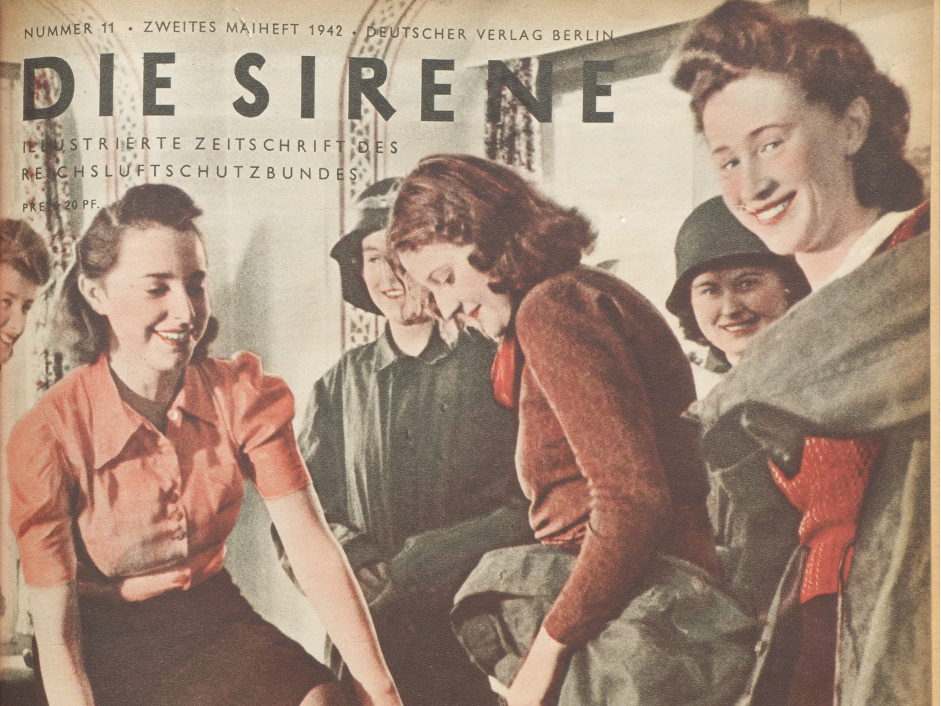
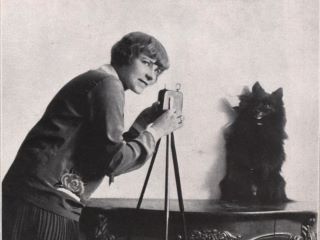
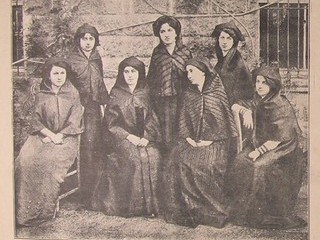
Kommentar schreiben